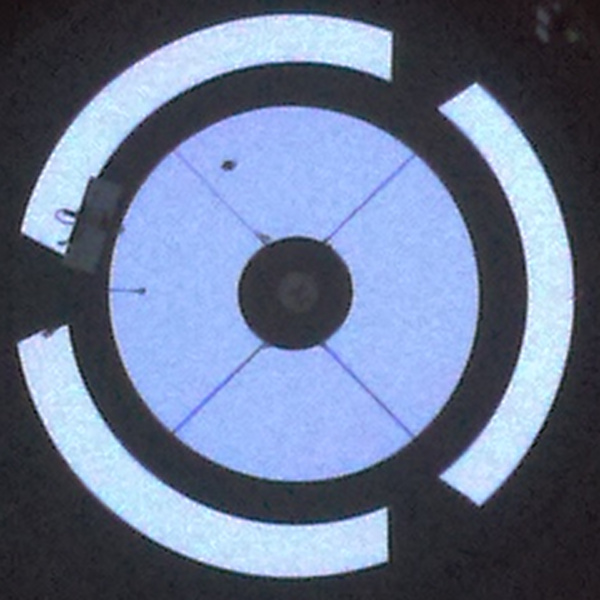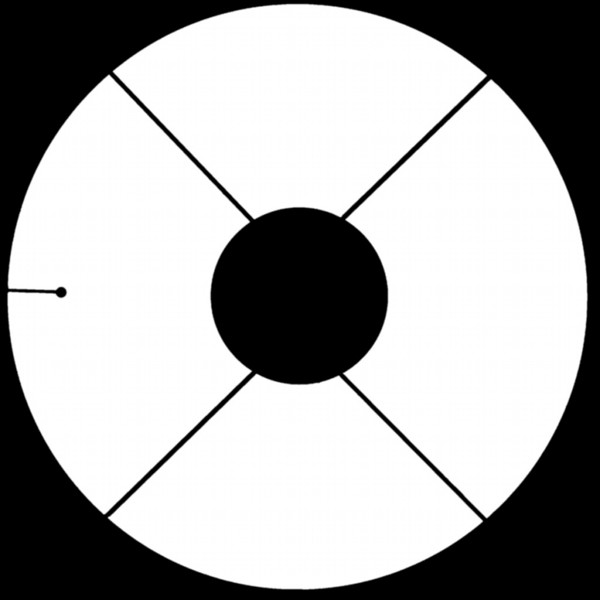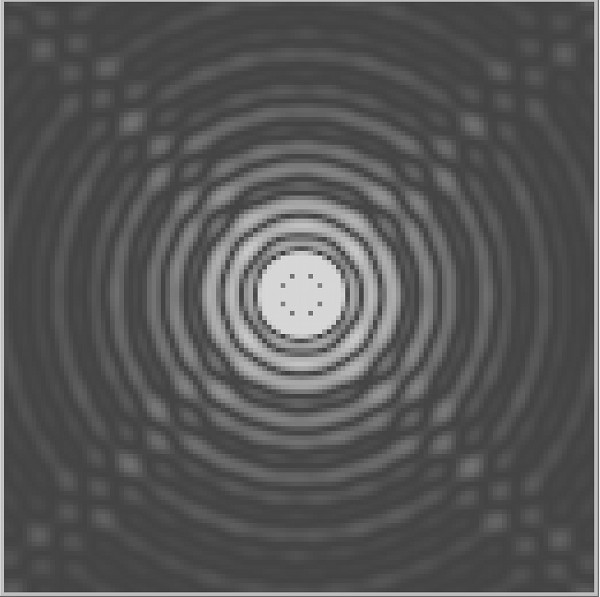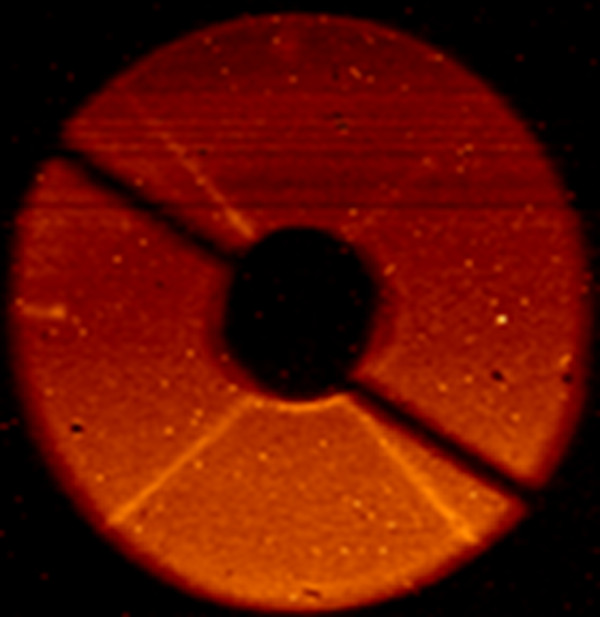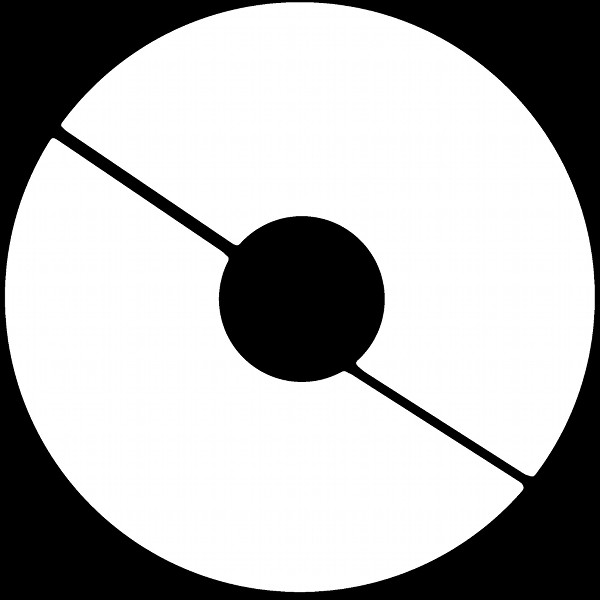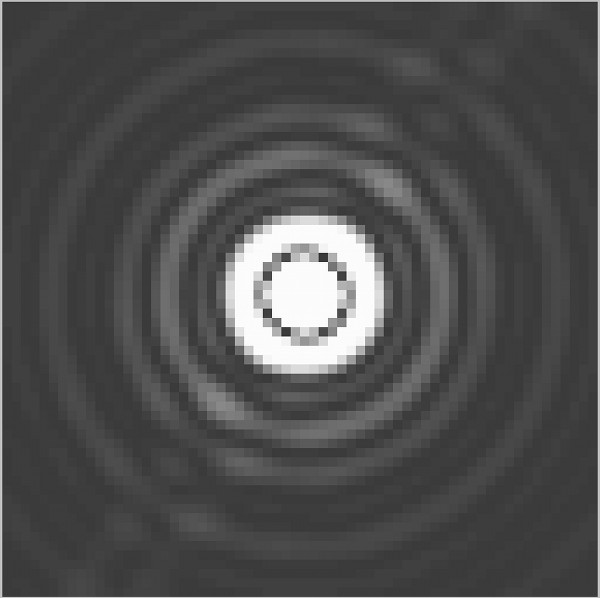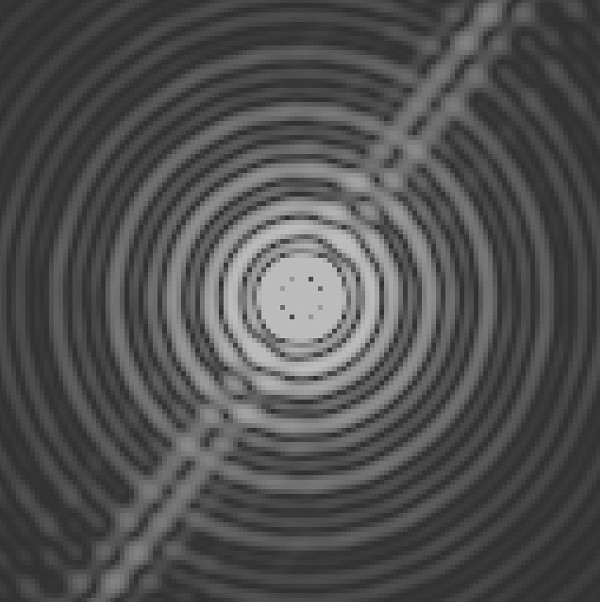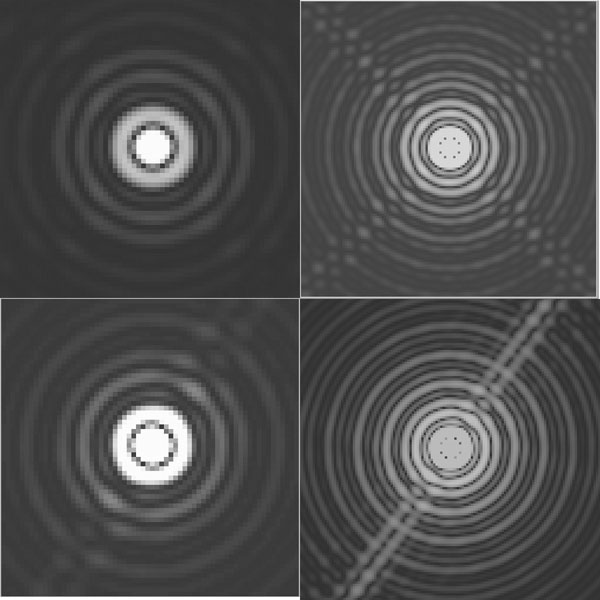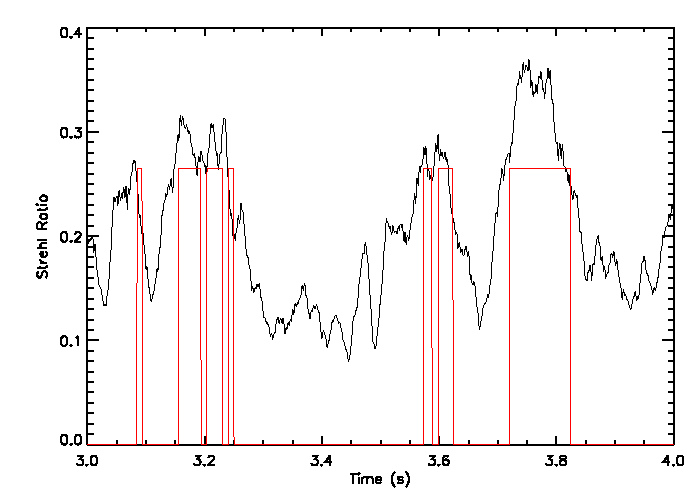Since most of the MagAO-X team resides in Tucson, home of the University of Arizona and Steward Observatory, we are about to come under a stay-at-home policy starting tomorrow, 3/31, at 5 pm MST. This removes all doubt: there will be no MagAO-X run in 2020A. We are on the telescope schedule for May 3-10; to make this, we need to ship next week. And despite all the hard work we’ve put in since returning from our last run, we have a metric sh&*%t ton of work to do before we can be ready to ship. Because we have all been working from home out of prudence for the last couple of weeks, and now we are working from home under orders, there is no way we’ll get it done. Further complications include: LCO is shutdown until 27 April at the earliest; political unrest has started up again and is expected to increase; and we couldn’t fly to Santiago even if the ExAO system made it. Granted there is a lot of time between now and May 3rd, but our decision horizon is much shorter given the vagaries of international cargo shipping in the best of times. [note for completeness: that we do have a poorly developed backup plan to drive ourselves in a U-Haul. A ferry is involved.]
To say it clearly: MagAO-X 2020A is canceled.
We are now planning a late 2020B run, Nov or Dec. So start your telescope proposals.
So here’s the thing. Astronomy is not currently urgent. We astronomers/astrophysicists/optical-scientists don’t have a lot to add to the current goings on. But, (1): we shouldn’t let that cause us to relax. Apropos:

And (2): astronomy is still important. As a for instance: we are now all likely paying close attention to how dependent we are on the transportation of resources from point A to B. Now just consider how much of a role GPS plays in this. Sure, that’s based on 400 to 100 year old Astronomy — but it is a key example of what Astronomizing produces. It’s also an excellent illustration of the acute differences between urgent and important. Which are sometimes the same, but often not.
Now to the point: this is the first post of our 2020A stay-at-home blog series. The rules are as usual: the title must start as this post’s does, and there must be a song of the day. I’m expecting the grad students to self organize from here on out, with the option to recruit faculty, post-docs (at any institution), etc., to help share the load. We’re all in this together, and this run will last as long as it takes.
Back in the bad old days of the Long Runs, Alan Uomoto once remarked about our blog “The videos are a nice touch … although I admit I wasn’t able to tease out the blogger’s mental state as readily as I thought I might.” Let’s see what he can do with this.
When Dolly Parton sings her famous song “Jolene”, it sounds almost gleeful, despite the lyrics. To wit:
Basically, Dolly wins in the end and you can tell. Now Miley (Dolly’s goddaughter) delivers it in a more moving tone, sad, but not hopeless:
You don’t really know how it ends though. Any case, this is all really just an excuse to post some rock. If you’ve read this post on this blog for this long, it’s a solid chance that you’re a nerd. So you might claim to not know who the White Stripes are, but you are probably wrong. Just listen to the first 5 seconds of this and get back to me. (come on . . . that’s likely the most recognizable guitar riff of the last 30 years)
The ‘Stripes version of Jolene is completely different.
Jack White’s version is that of a woman who has already lost. And it rocks (yeah).
But wait! Shouldn’t we be giving a message of hope, not despair? In these trying times? Well . . . actually. The thing you should notice most about the White Stripes is how there are 2 microphones. And when the shit hits the fan, Jack always turns and he and Meg rock through it together. It’s an awesome performance style, and it’s what we all need to do.
Appendix: I struggled with which version to post, and ended up with my overall favorite performance. This next one falls under our we have standards mantra, in that I think it’s the best guitar performance of the three:
And this one is the classic. It’s the most heartfelt vocal performance:
Ok grad students. I know how much free time you have on your hands. Don’t let me down.
